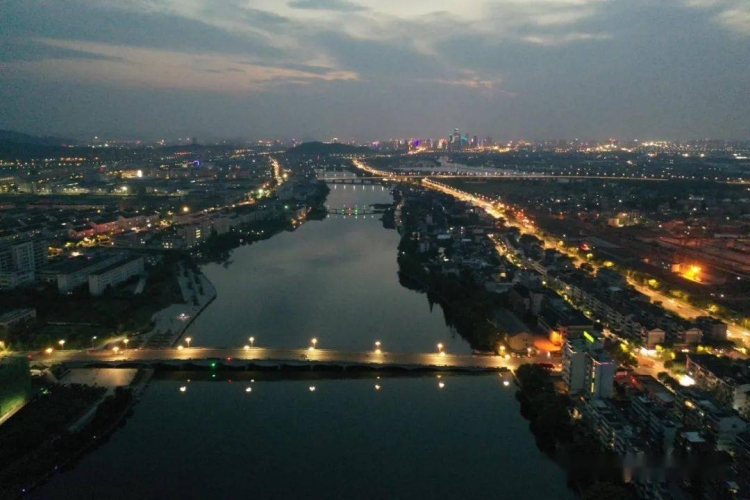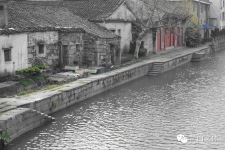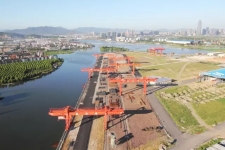Eastern Zhejiang canal channel
Also known as Guanhe, Xixing Canal, Xiaoshao Canal and Xiao Cao Canal, it is a canal in Zhejiang Province, China. From the west to the east of the Yongxing Slu, Guanhe Road, Xiling Street, Binjiang District, Hangzhou City, it flows eastward through 4 towns (street) such as Xixing Street in Binjiang District, Beigan in Xiaoshan District, City Chamber, Xintang and Yaqian. Xiaoshan District Yaqian Town Minghua Village Guantang River Bridge No. 3, into Shaoxing Qianqing, a total length of 23.6 kilometers. Xiaoshan section of eastern Zhejiang Canal was built in the first year of Yongjia (307), planned and excavated by He Xun. After that, several times during the Tang and Song dynasties, the canal became an important shipping channel, and played an important role in water transportation from Yuan to Qing Dynasties. Along the East Zhejiang Canal, there are still ancient fiber roads, many bridges, temples, houses and other historical relics and monuments. On March 14, 2013, the Eastern Zhejiang Canal was approved by the State Council as the seventh batch of key national cultural relics protection units.



